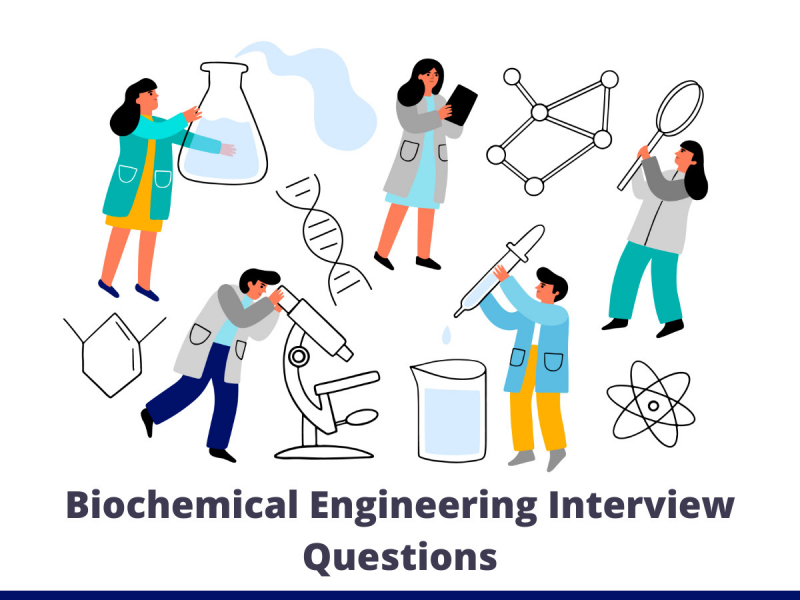Practice Best Biochemical Engineering Interview Questions
Biochemical engineering is a study of roots stemming . It mainly deals with the design, construction, and advancement of products. It uses biological (natural or organic) materials, such as organisms, cells and certain molecules, to develop products.

